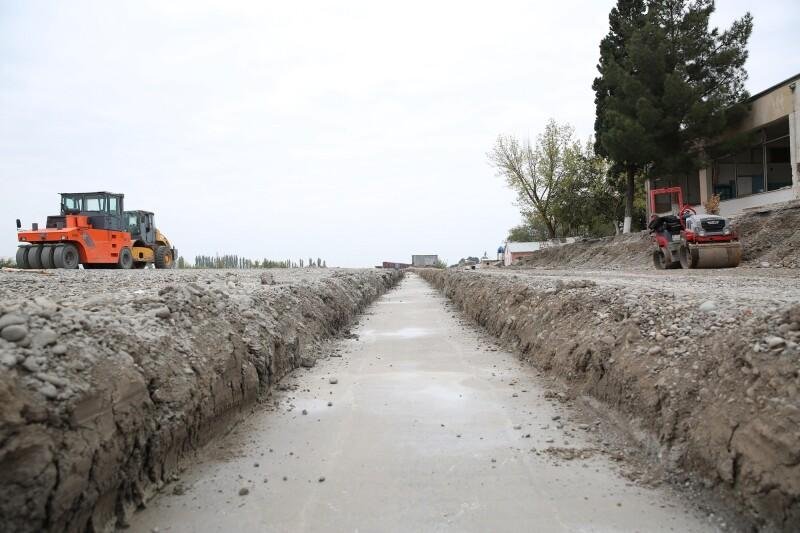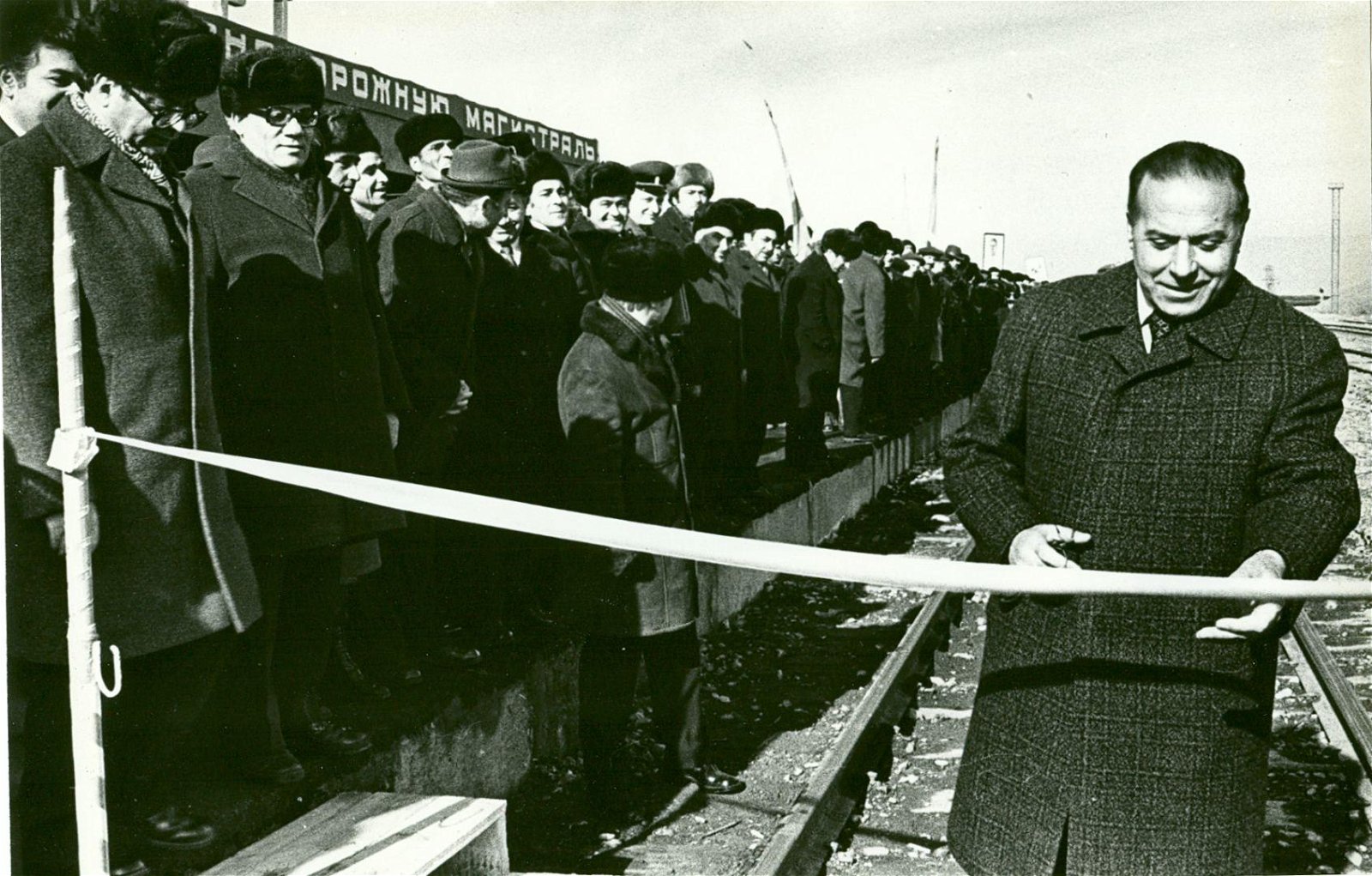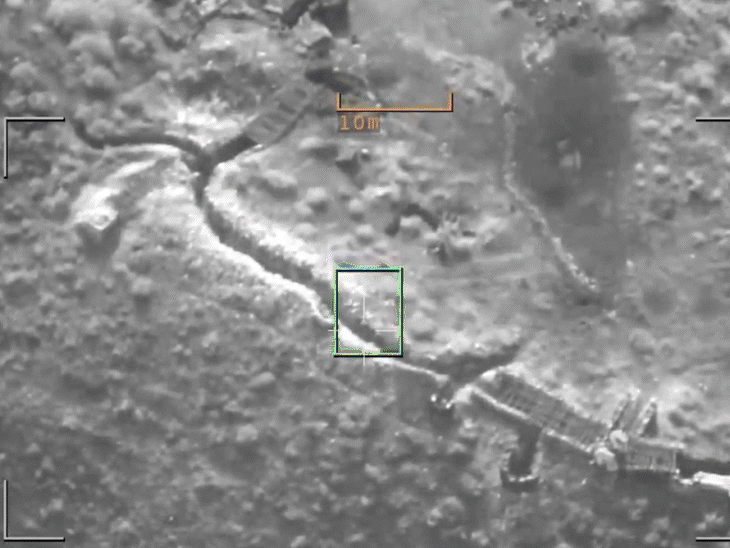Collapse of separatism in Garabagh helps facilitate unblocking of transport communications Aghdam-Khankendi railway under spotlight
The collapse of the Armenian separatist regime in the Garabagh region of Azerbaijan allows for expediting the unblocking of regional transport communications, including the railway lines. The city of Khankendi, which was out of Azerbaijan’s railroad grid since the early 1990s, is expected to be back on track.
Article 9 of the trilateral statement signed by Azerbaijan, Russia, and Armenia on November 10, 2020, addresses the restoration of all kinds of transport connections in by the signatories. Azerbaijan was quick to roll its sleeves up to revive the war-torn transport infrastructure in its lands liberated from Armenian occupation. Currently, dozens of highway and railway projects are underway.
On November 24, 2020, President Ilham Aliyev signed an order for the design and construction of the Barda-Aghdam railway. Five million Azerbaijani manats or nearly $3 million was allocated from the state budget to immediately kick off the project. The Azerbaijan Railways Company (ADY) has been building the 47.1-kilometre-long railroad.
As of September 2023, the entire section of the Barda-Aghdam line along the axis has been completed. Earthworks, construction of artificial structures, installation of road superstructure elements and interchanges for the 1st stage have been fully completed. Following the completion of the next stages, the railway, excluding the Aghdam station, is scheduled to be operational by the end of this year.

The Barda-Aghdam railroad forms part of the Yevlakh-Barda-Aghdam-Asgaran-Khojaly-Khankendi line. From Aghdam, it should reach the final destination in Khankendi, the central city in the portion of the Garabagh region partially populated by ethnic Armenians.
Once, the Khankendi station, located on the northern edge of the city, received trains travelling from Azerbaijan’s capital Baku. Trains from Baku with an electric locomotive were plugged into a diesel locomotive in Yevlakh before heading to the Garabagh region’s largest city.
The Aghdam-Khankendi section of the Yevlakh-Barda-Aghdam-Asgaran-Khojaly-Khankendi line, as well as the Khankendi station, was inaugurated by Azerbaijan’s National Leader Heydar Aliyev in 1979. The 26-kilometer railroad connected the former Nagorno-Karabakh Autonomous Region with the rest of the cities of Azerbaijan.
It significantly contributed to improving material and technical supply, further increasing the economic indicators of the region. For instance, the supply of raw materials and transportation of products on the Aghdam-Khankendi railroad led to a decrease in the costs of the goods produced in Garabagh thanks to faster and shorter travel time.

"Today, the speakers at our meeting spoke with gratitude about the railway and gas pipeline coming to Stepanekert [Khankendi]. I remember that in 1971 when I attended the regional party conference, the construction of these vital objects was talked about as an insoluble problem. Now this is a reality," Heydar Aliyev said during a visit to Shusha in 1982.
The Khankendi station has been out of operation due to the occupation of the Azerbaijani lands by Armenia in the early 1990s. The all-out war disabled almost all transport links connecting Garabagh with the other regions of Azerbaijan. The isolation was further aggravated with the establishment of a separatist entity by Yerevan in the Azerbaijani territory.
Garabagh – from occupation to collapse of separatism
Armenia and Azerbaijan have long been at odds over the latter’s Garabagh region. Following the dissolution of the Soviet Union in 1991, Armenia launched a military campaign against Azerbaijan that lasted until a ceasefire deal was reached in 1994. As a result, Armenia occupied 20 per cent of Azerbaijan’s internationally recognized territories. Over 30,000 ethnic Azerbaijanis were killed and one million were expelled from those lands in a brutal ethnic cleansing campaign carried out by Armenia.
On September 27, 2020, the decades-old conflict between the two countries escalated after Armenia’s forces, deployed in occupied Azerbaijani lands, shelled military positions and civilian settlements of Azerbaijan. During counter-attack operations, Azerbaijani forces liberated over 300 settlements, including the cities of Jabrayil, Fuzuli, Zangilan, Gubadli, and Shusha, from nearly 30 years of illegal Armenian occupation. The war concluded with a statement signed on November 10, 2020, under which Armenia returned the occupied Aghdam, Kalbajar, and Lachin districts to Azerbaijan.
Certain parts of Azerbaijan's Karabakh region, monitored by a temporary Russian peacekeeping mission, are currently inhabited by approximately 25,000 residents of Armenian origin. In addition, ten thousand strong military personnel and a huge arsenal were deployed in these territories by Armenia. Despite Azerbaijan’s consecutive calls and warnings about the withdrawal of the armed formation, Armenia did not take appropriate steps.
Azerbaijan Armed Forces launched on September 19 local anti-terrorist measures to neutralize illegal Armenian armed formations and their military infrastructure in the Karabakh region.

The operation came on the heels of the intensifying attacks on the Azerbaijani positions and the recent deadly mine incidents in the Khojavand district killing four police officers and two road construction workers. Earlier on Tuesday, two servicemen of the Azerbaijani army stationed in the Aghdam district were wounded by the Armenian armed formations illegally deployed in the Azerbaijani territories temporarily monitored by the Russian peacekeeping contingent.
By the time of the cessation of hostilities, the Azerbaijani military disabled artillery systems, radio-electronic warfare, military equipment, ammunition depots, military strongholds, and shelters of the Armenian army formations stationed in the Karabakh region. In video footage disseminated on social media networks, the Azerbaijani army was seen destroying a Russia-made “TOR” multiple-launch rocket system and a “Mortira” electronic warfare system of the Armenian military in the city of Khankendi.
In addition, more than 90 combat posts and strategically important positions of the Armenian military formations were taken under control during the one-day operation, Colonel Anar Eyvazov, a Spokesperson to the Azerbaijani Defense Ministry, said at a press briefing on September 20. Seven military vehicles, 4 mortars, one tank, 2 infantry fighting vehicles, as well as a large number of weapons and ammunition were also captured as trophies.
The Defense Ministry of Azerbaijan announced on September 20 the end of the local counter-terrorism measures. According to the ministry, the agreement was reached after the Armenian army formations agreed to full disarmament by withdrawing, laying down arms, and handing over heavy military equipment.








